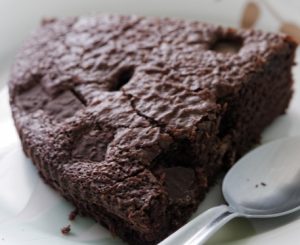Who You Eat With Determines How Much You Eat
 Subtle “peer pressure” may influence your food choices more than you think, according to a new study published in Social Influence.
Subtle “peer pressure” may influence your food choices more than you think, according to a new study published in Social Influence.
After analyzing the results of 38 studies on the subject, researchers found that how much food your dining companions eat can have a significant influence on your own consumption during meals.
This concept of “social modeling” suggests people who dine with light eaters are more likely to eat light, while people who dine with heavy eaters may be more likely to overeat.
“The research shows that social factors are a powerful influence on consumption,” said lead study author Lenny Vartanian. “When the companion eats very little, people suppress their food intake and eat less than they normally would if alone.”
Internal signs can be ‘unreliable guides’
The nature of social eating situations can often override hunger cues, Vartanian explained, which are often unreliable guides when it comes to food consumption.
Researchers found the effects of social modeling during meals to be more common among women. Also, the trend was observed even when people did not have physically present meal companions, but were told what another person ate.
The behavior was consistent even after researchers accounted for factors like body weight, type of food (healthy vs. unhealthy) and the last time a person had eaten.
On a positive note, the researchers found social modeling to be more present in older children than younger children – suggesting this is a learned behavior that could potentially be prevented.
“Media reports usually focus on how portion size affects how much we eat, but this modeling effect deserves as much attention, because of its big impact on people’s ability to regulate their intake of food,” Vartanian said.
Source: University of South Wales
 Eating Disorder Self Test. Take the EAT-26 self test to see if you might have eating disorder symptoms that might require professional evaluation. All answers are confidential.
Eating Disorder Self Test. Take the EAT-26 self test to see if you might have eating disorder symptoms that might require professional evaluation. All answers are confidential.